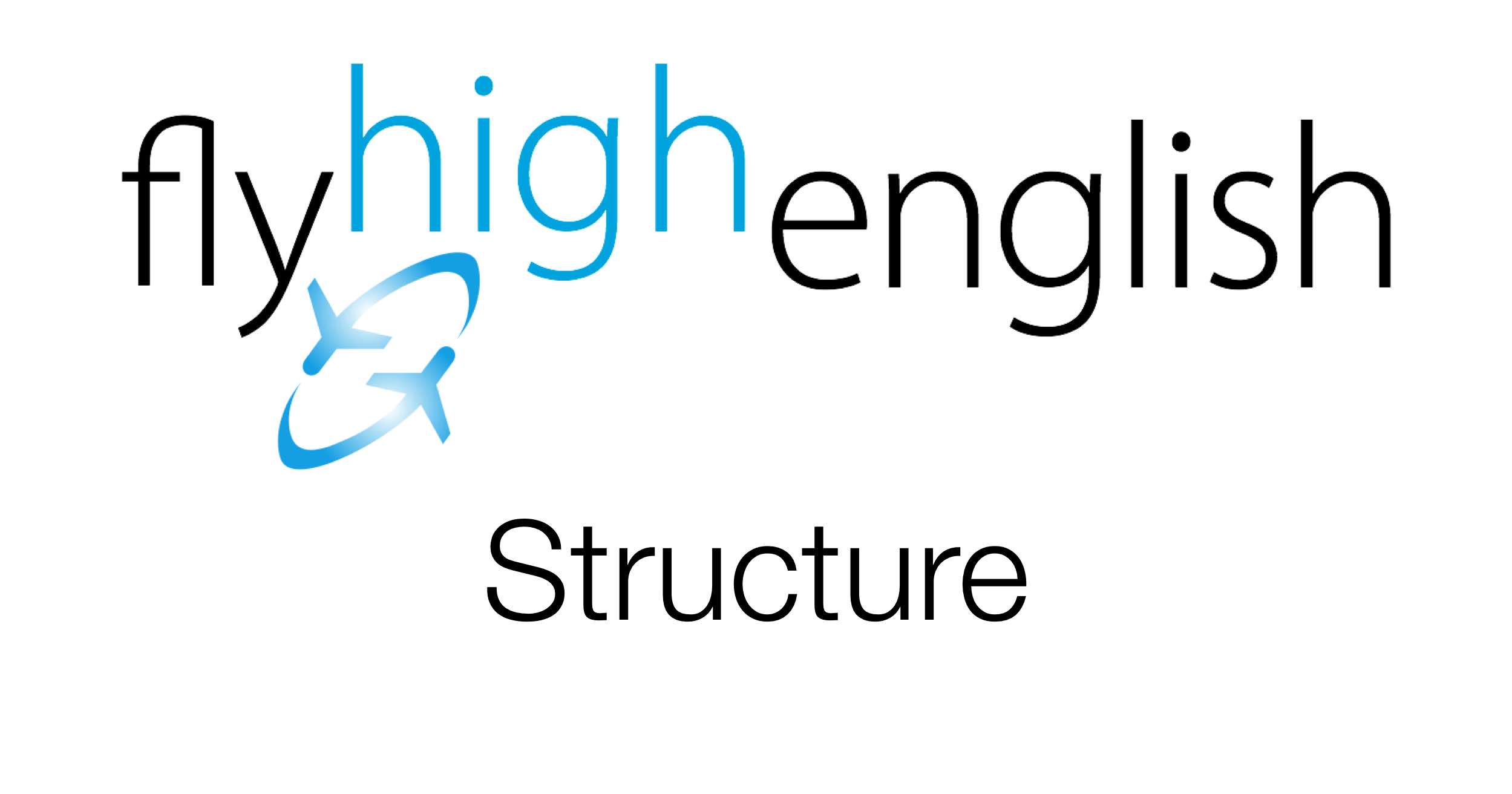
How to make superlative adjectives
Adjectives are put into four different categories before creating their comparative and superlative forms:
- one-syllable or short adjectives
- two or more syllable long adjectives
- adjectives that end with ‘y’
- irregular adjectives.
1. To make one-syllable or short adjectives into superlative adjectives we add ‘the’ before the adjective and ‘est’ to the end of the adjective.
- short becomes the shortest
- long becomes the longest
2. To make two or more syllable long adjectives into superlative adjective add ‘the most’ before the adjective.
- comfortable becomes the most comfortable
- impressive becomes the most impressive
3. To make adjectives that end with ‘y’ into superlative adjectives we add ‘the’ before the adjective, we remove ‘y’ at the end of the adjective and add ‘iest’.
- easy becomes the easiest
- heavy becomes the heaviest
4. To make irregular adjectives into superlative adjectives you just have to learn the superlative form. Fortunately they aren’t many.
- good becomes the best
- bad becomes the worst
Look at the diagram below for a summary of how we create the superlative forms from these different types of adjectives.
Activity
What sentences can you create using superlative adjectives? Try to write some using the four different categories of superlative adjectives.
Follow us on Twitter here or Facebook here for more great content!




